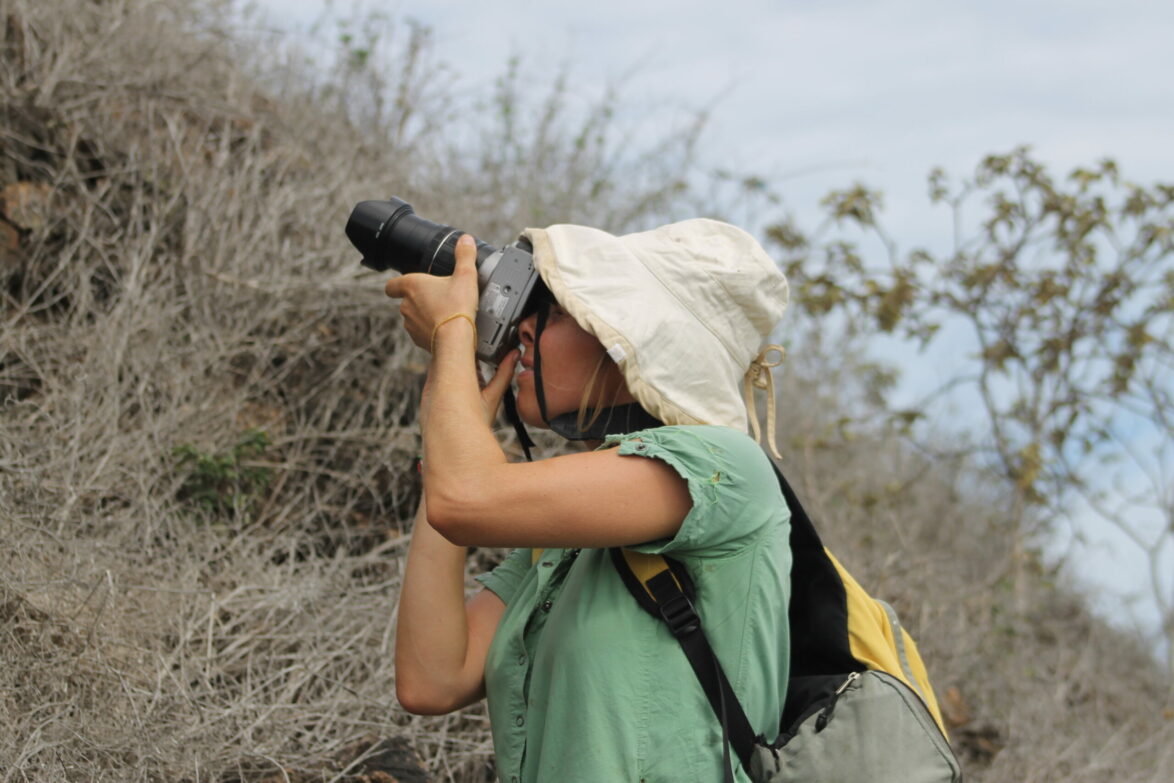

Galapagos National Park entry fees set to increase from August 2024
The Galapagos National Park Directorate, Galapagos Governing Council and Ecuador's Ministry of Tourism announced the increase, the first since 1998, to raise more funds for conservation and the local community.
From 1 August 2024, the fees will increase as follows:
- From US$100 to US$200 per person for international visitors
- From US$50 to US$100 per person for visitors from CAN/MERCOSUR countries (Bolivia, Colombia, Peru, Argentina, Brazil, Paraguay and Uruguay)
- From US$6 to US$30 per person for Ecuadorian nationals
A reduced fee is payable for children aged 12 years and under, and for Ecuadorian visitors aged 65 and over or registered as disabled. There is no fee for infants under 2 years.
This change is something that has been discussed for many years, supported by GCT and many others, and we strongly believe that this is a positive decision by the Ecuadorian authorities, both for the unique wildlife of Galapagos and for the tourism industry that depends on it. Recent years have seen worrying growth in the number of visitors to the Islands, driven by a sharp increase in land-based tourism. This is pushing waste management systems to the limit, exacerbating water and food insecurity, and increasing the threat of devastating invasive species being introduced to the Islands.

$ 200
The entrance fee for international visitors from 1 August 2024
The Ministry of Tourism has declared that the extra funds raised by the increase in the fees will be directly channelled into conservation initiatives, infrastructure upgrades and community programmes aimed at mitigating the ecological footprint of tourism on the Islands. While some concerns have been raised within the local community about the impact of the higher fees on tourist arrivals, which hit a record high in 2023, the fees are still modest when compared to those levied by other wildlife tourism destinations such as the Serengeti National Park in Tanzania or the Masai Mara National Reserve in Kenya.


Travelling responsibly
Visiting Galapagos is often a once-in-a-lifetime opportunity. Being prepared and informed will help you get the most out of your visit whilst ensuring that you keep your impact to a minimum.
The decision also reflects growing international concern about the impact of tourism on fragile ecosystems like Galapagos. A recent communiqué from the UNESCO World Heritage Committee urged the Ecuadorian government to ‘develop and implement a clear tourism strategy with a clear action plan with urgent measures to achieve the zero-growth model, including maintaining the moratorium on construction of new tourism projects and the limits on the number of flights’.
Efforts are already underway on the Islands to develop a more sustainable approach to tourism, and GCT supported a three-day regenerative tourism workshop in August, co-organised and co-chaired by our Programmes and Policy Manager, Lucía Norris, bringing together local stakeholders including the Galapagos National Park Directorate, Galapagos Governing Council and local tour operators. Increasing the National Park entry fee was one of the measures discussed, so we are pleased to see the authorities moving on this issue.
“The Galapagos Islands are not only a national treasure but a global one. It is our collective responsibility to protect and preserve this unparalleled ecosystem for future generations,” commented Niels Olsen, Ecuador’s Minister of Tourism. “The adjustment in the entry fee, the first in 26 years, is a necessary measure to ensure that tourism in the Galapagos remains sustainable and mutually beneficial to both the environment and our local communities.”
The Galapagos Islands are not only a national treasure but a global one. It is our collective responsibility to protect and preserve this unparalleled ecosystem for future generations.
Related articles


How can we make tourism a regenerative force for good for Galapagos?

My time as a researcher for GCT: investigating the relationship between tourism and plastic waste in Galapagos


